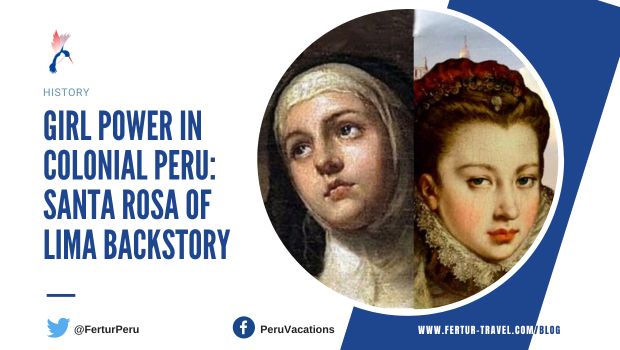
Girl Power in Colonial Peru: Santa Rosa of Lima Backstory
Happy Santa Rosa de Lima Day! Today Peru celebrates the patron saint of Latin America. But while we’re at it, let’s give a nod to another historical figure who deserves a spotlight — Ana Francisca de Borja y Doria. She was an early Spanish colonial-era powerhouse behind the scenes who made sure Saint Rose’s canonization happened.
With her unwavering dedication, Ana Francisca was a prime proponent for the beatification of the Santa Rose de Lima in February 1668, a momentous occasion that was officially celebrated in the viceroyalty in April of the same year.
Ana Francisca de Borja y Doria, also known as the Countess of Lemos, was a woman ahead of her time. Her influence extended beyond matters of church and faith. She also played a vital role in Peru’s governance and defense.
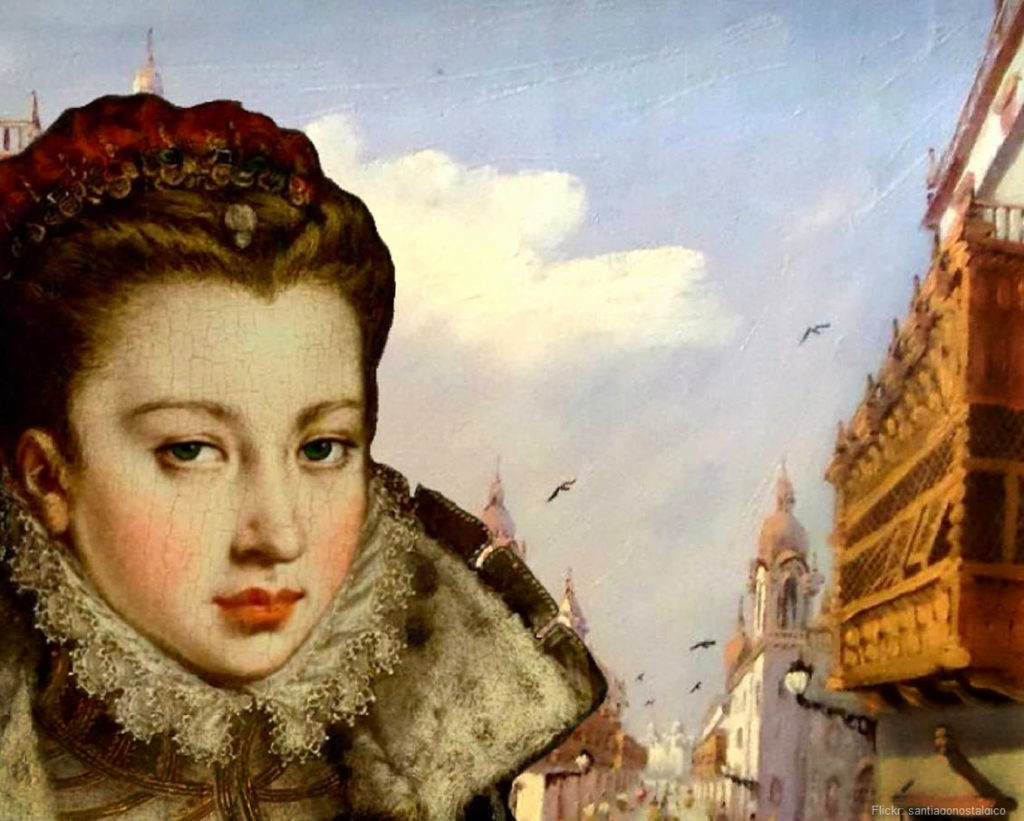
.
Ana Francisca de Borja y Doria: A Trailblazing Viceroy
Born into the prestigious House of Borja in Spain, she was the grandniece of Francisco de Borja y Aragón, the Viceroy of Peru from 1616 to 1621. Ana Francisca’s lineage and noble upbringing laid the foundation for a remarkable trailblazing stint as a leader.
Governing with Grace and Strength
In 1668, Ana Francisca’s husband, Viceroy Pedro Antonio Fernández de Castro, embarked on a mission to quell a rebellion in the province of Puno. During his five-month absence, he tapped his wife, Ana Francisca, to oversea Spain’s interests in his stead.
She was 29 years old and pregnant when she officially assumed the role of Viceroy, becoming the first woman to hold such a position in Peru.
Her husband’s decree, appointing her interim viceroy, read:
“I choose and appoint the most excellent lady Countess of Lemos, my wife, so that in my name and representing my own person (she) resolve and determine all businesses and causes of government and war with the same faculty that I have, without limitation.”
~ May 30, 1668.The Count of Lemos.
Ana Francisca was no figurehead. Her assignment as regent had the backing of a royal decree from Spain. And her administration over the course of the next five months and five days was marked by courage and intelligence.
Defending the Colony Against Pirates and Corsairs
One of Ana Francisca’s most significant challenges as her husband’s regent came in the form of an attack by the notorious British pirate Henry Morgan. In August 1668, Morgan set his sights on Portobelo in Panama, aiming to exploit the viceroy’s absence.
Ana Francisca wasted no time, decisively dispatching money, supplies, and arms to launch a strategic counterattack against the pirates. Just six days after the news about Captain Morgan reached Lima on August 31, ships loaded with the silver and artillery set sail for Panama. And to avoid a similar situation in the port of El Callao, she reorganized its defenses, effectively quelling any potential threats from pirates and buccaneers to the City of Kings.

After her husband’s return to Lima, Ana Francisca received a hand-written note of congratulations from the Queen Regent of Spain, Mariana de Austria, expressing her “total satisfaction” with Ana Francisca’s performance.
However, her husband received a less congratulatory dispatch from the Spanish Royal Court. He was warned that, if faced again with a similar situation, it would be them who decided who would rule in his absence.
A Life of Personal Triumphs and Losses
Ana Francisca’s personal life was not without its share of joys and sorrows. She experienced the loss of her first husband shortly after their marriage, only to find love again with her fourth cousin, Pedro Antonio Fernández de Castro. Together, they had five children. Pedro Antonio’s appointment as viceroy in 1667 brought them to Peru, where they navigated the complexities of governance and faced the challenges of rebellions and pirate attacks together.
The Count of Lemos died in Lima on December 6, 1672, at the age of 40. Before he died, he commissioned his wife to take his remains back to Spain so that they could be buried in Monforte de Lemos where his parents and grandparents were buried.
Ana Francisca’s and her children returned to Spain in 1675. From then on she dedicated herself to managing the family’s assets. She died in Madrid in 1706.
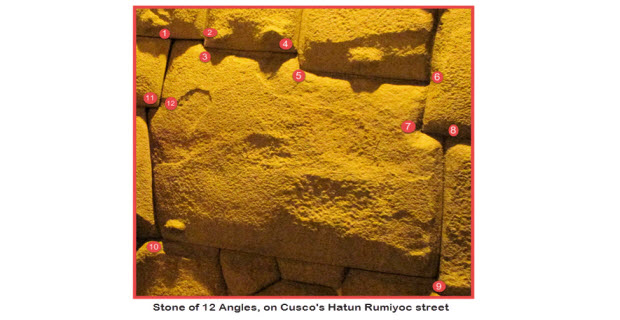 Famous 12 angle Inca stone topped but not overshadowed by 13 angle stone
Famous 12 angle Inca stone topped but not overshadowed by 13 angle stone 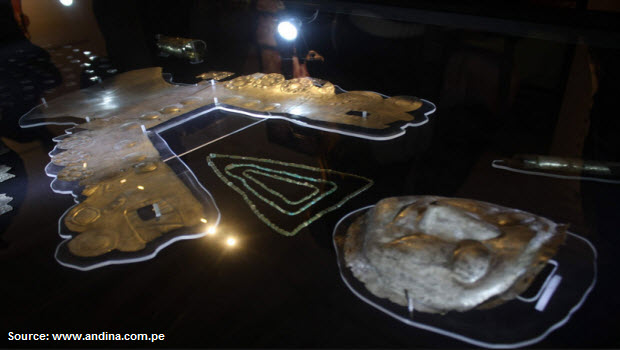 Vilca Lords and the Lord of Wari on exhibit in Cusco
Vilca Lords and the Lord of Wari on exhibit in Cusco 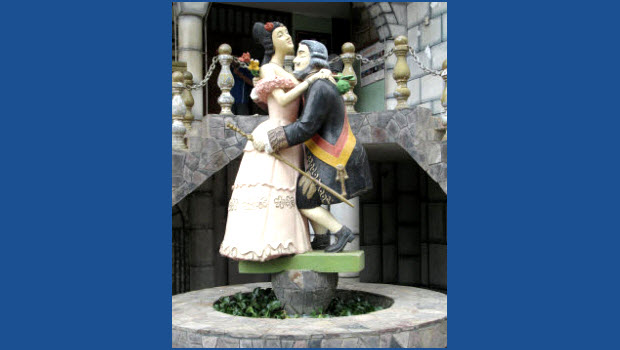 The story of the bewitching Perricholi
The story of the bewitching Perricholi 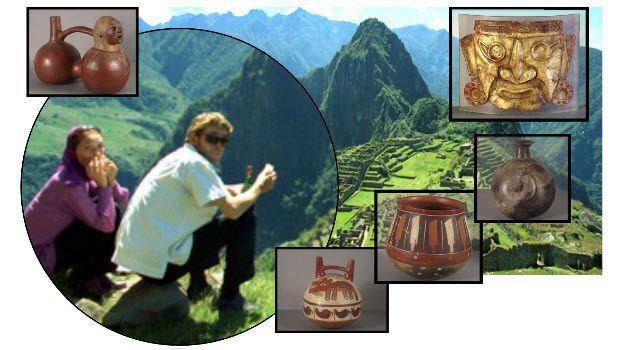 Want to know a Real Indiana Jones? Tomb Raiding Tales of Peter O’Toole
Want to know a Real Indiana Jones? Tomb Raiding Tales of Peter O’Toole 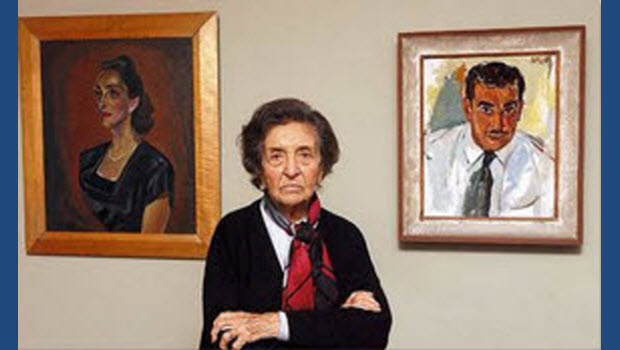 Peru’s pre-eminent historian María Rostworowski is 98 today
Peru’s pre-eminent historian María Rostworowski is 98 today 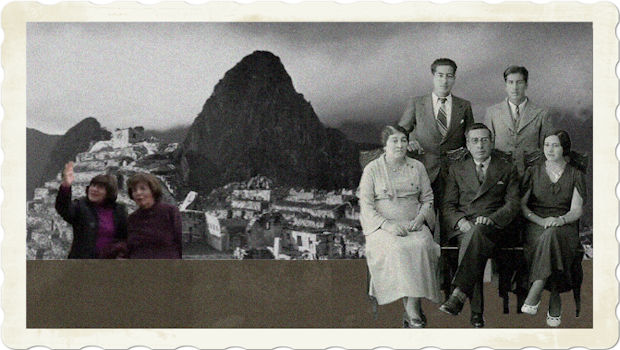 Disputed landladies of Machu Picchu seek humongous back rent
Disputed landladies of Machu Picchu seek humongous back rent 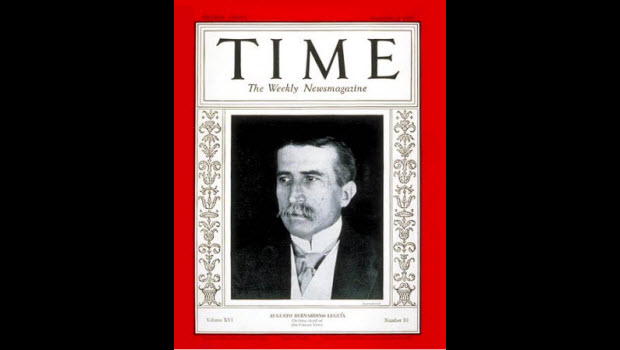 Strange Story From Peru: The dictator’s mistress and the reluctant bridegroom
Strange Story From Peru: The dictator’s mistress and the reluctant bridegroom 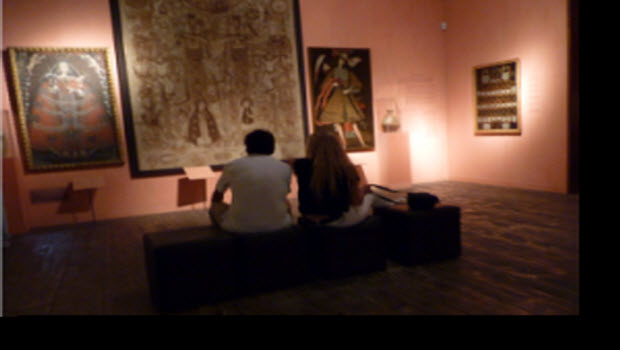 The beauty of Moche religious art abounds at the Larco Museum
The beauty of Moche religious art abounds at the Larco Museum